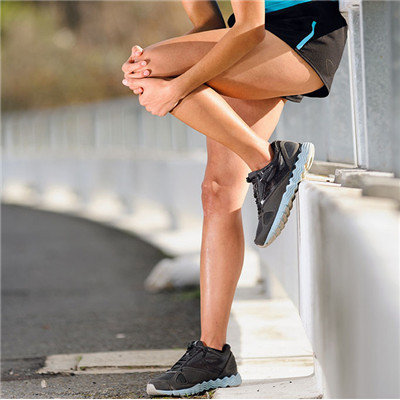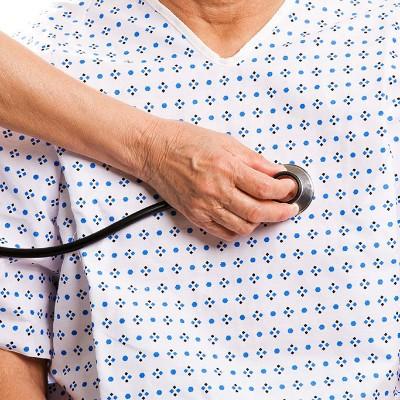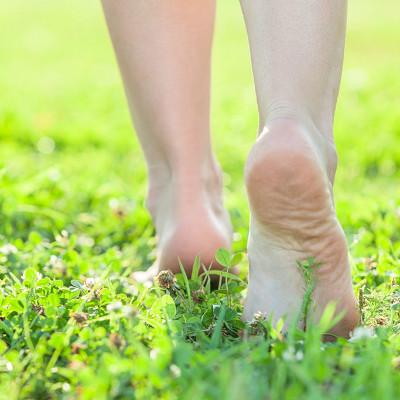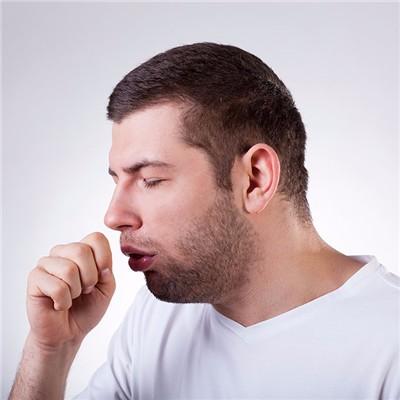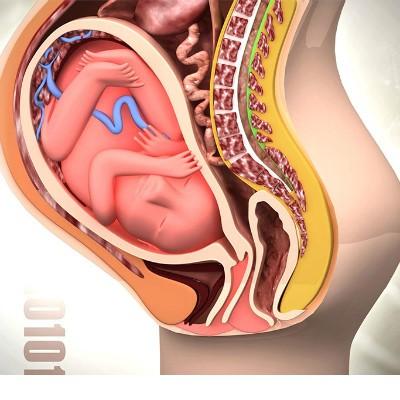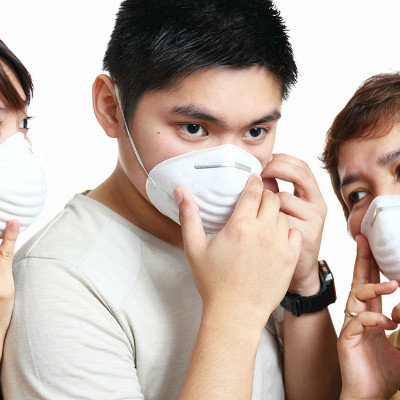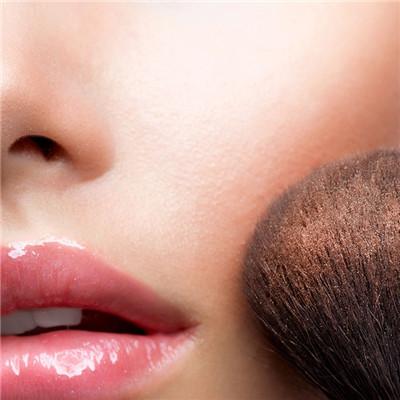Infection after stitching?
summary
Although focal cellulitis, myositis and diffuse myonecrosis have obvious clinical features, they can be differentiated and treated accordingly. However, detailed surgical exploration of the wound and naked eye observation of the involved tissue are often needed to confirm the diagnosis. For example, in myonecrosis, necrotic muscle tissue can be observed. The affected muscle is dull magenta, then crimson, and finally grayish green or purple. X-ray examination can show local gas production, CT and MRI can help to determine the scope of gas and necrosis.
Infection after stitching?
Wound exudates should be sent for anaerobic and aerobic culture. Clostridium can be isolated from pure culture, and can also be cultured with other anaerobic bacteria or / and aerobic bacteria. The smear showed gram positive Clostridium. There are few polymorphonuclear leukocytes in the typical exudate. Sudan staining can show free fat globules. Many traumas, especially open traumas, can be contaminated by both pathogenic and nonpathogenic Clostridium without obvious invasive diseases. The significance of this situation needs to be judged from a clinical point of view.

Clostridium wound infection can be manifested as focal cellulitis, local or diffuse myositis, or the most serious progressive muscle necrosis (gas gangrene). Infection can occur several hours or days after injury. It often occurs in limbs with tissue necrosis after severe crush injury or penetrating injury. Similar diffuse myositis or myonecrosis can also occur in surgical wounds, especially in patients with occlusive vascular disease.

Other anaerobic or aerobic bacteria, including Enterobacteriaceae and Bacteroides, Streptococcus and Staphylococcus, can cause severe Clostridium like cellulitis, extensive fasciitis or gas gangrene in traumatic or postoperative wounds. If the smear shows a large number of polymorphonuclear leukocytes and a large number of Streptococcus in chain arrangement, anaerobic Streptococcus or Staphylococcus infection should be considered. A large number of gram-negative bacilli may indicate an Enterobacteriaceae or Bacteroides infection (see mixed anaerobic infection below). The detection of specific antigenic toxins in wound or blood is only helpful for a few cases of botulism acquired through trauma. Clostridium can also appear, but it is of no significance.
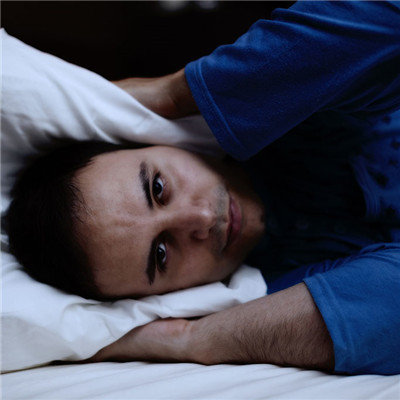
matters needing attention
Hyperbaric oxygen therapy may be helpful in the treatment of extensive muscle necrosis, especially in the limbs, and can be used as a complementary therapy for antibiotic and surgical treatment. Hyperbaric oxygen therapy seems to have potential tissue salvage effect. If HBO is used for early treatment, the mortality and incidence rate can be reduced.
